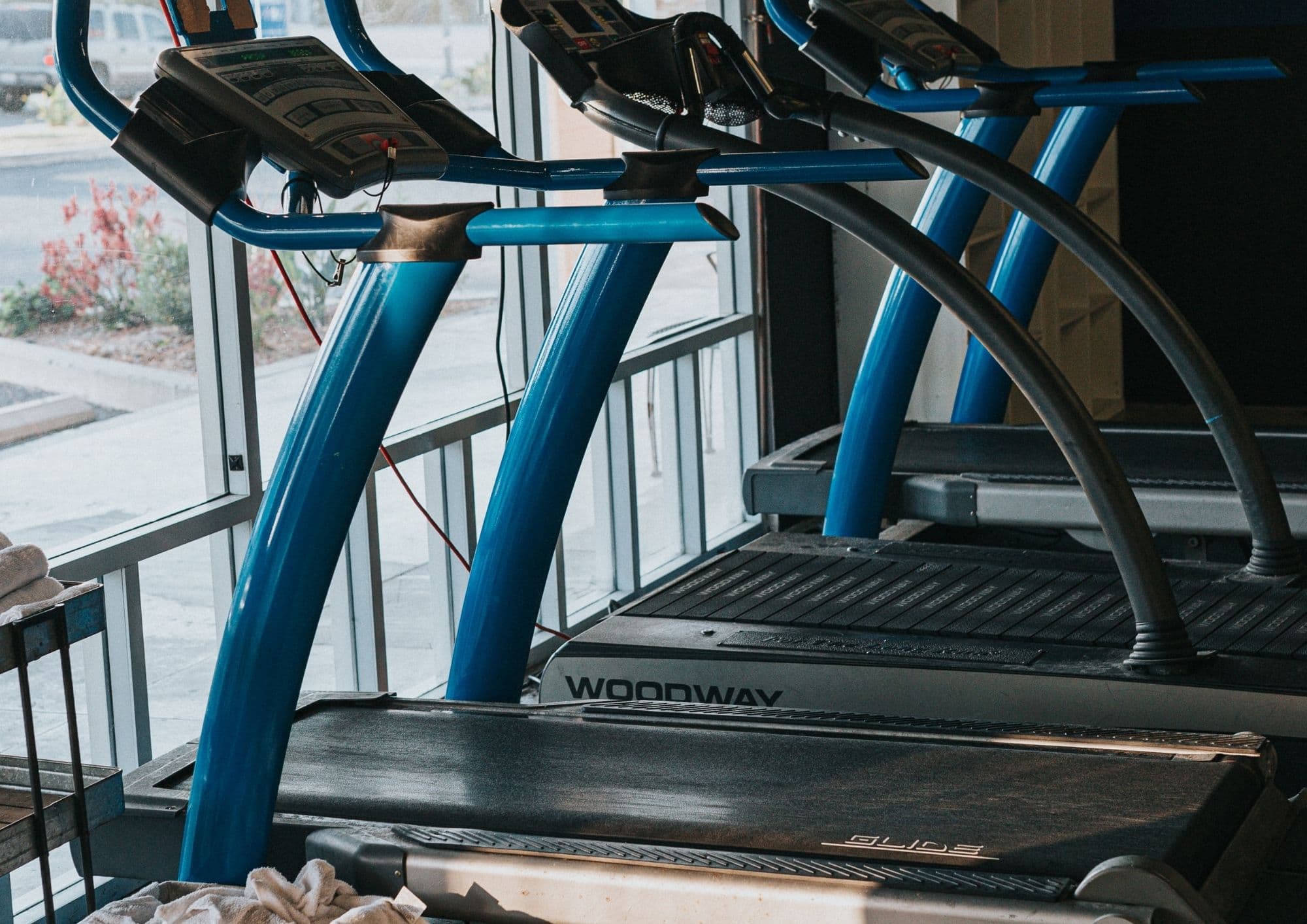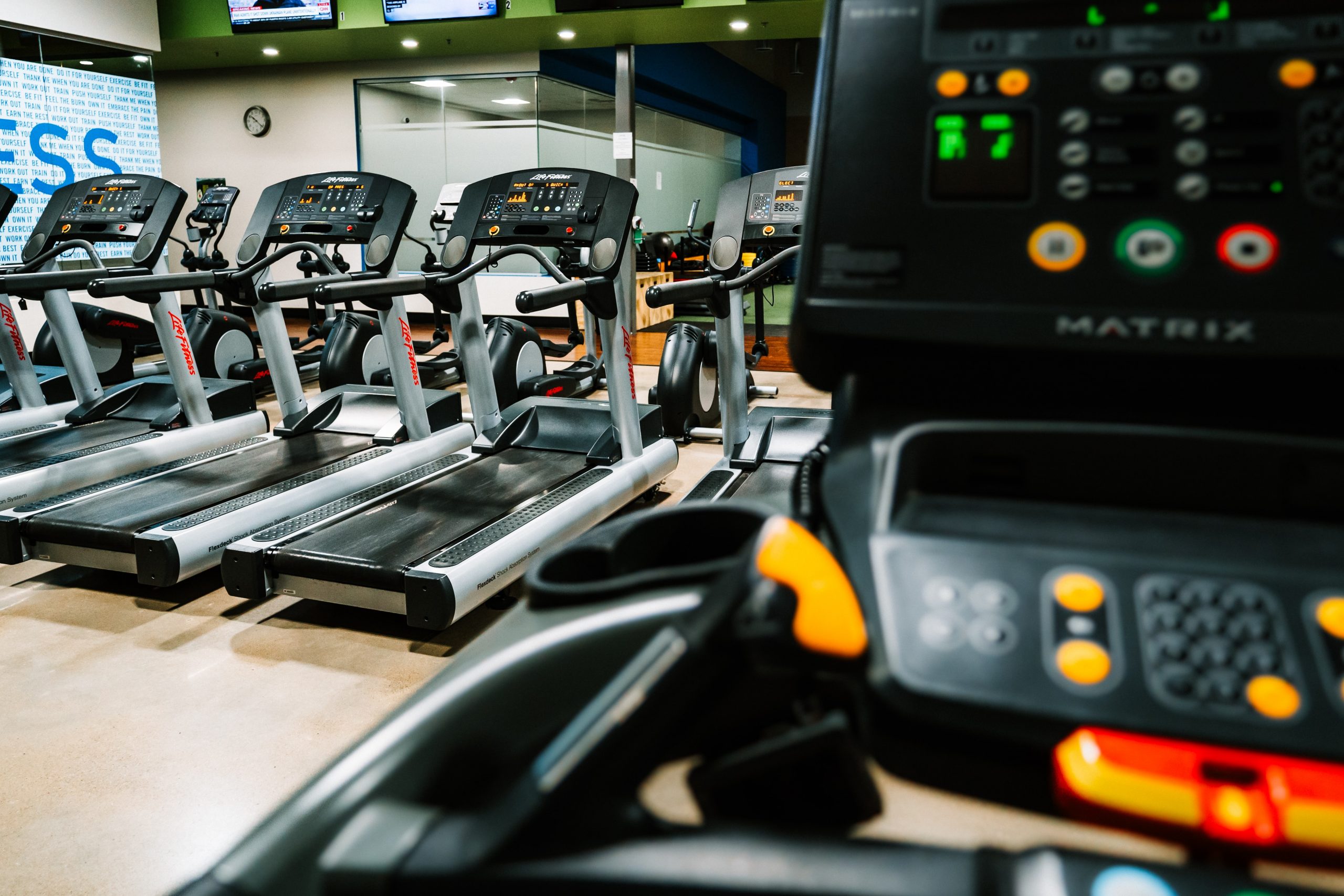If you are doing your workout using a treadmill, then you may be familiar with the two basic types – manual treadmill and motorised treadmill. Your workout will definitely feel different depending on your choice since using a manual treadmill will require more effort than using a motorised one.
And if you want to know their difference, not to worry because in this article you will find out the benefits and drawbacks of using each type of treadmill. This way, you will be able to determine and choose which is the best treadmill for you.
Manual Treadmill

What is a manual treadmill?
To operate, a manual treadmill does not require an electrical outlet or plug. Instead, as users run or walk on the machine, their belts move, providing them control over their movement and speed. Training on a manual treadmill is essentially the same as running outside. Furthermore, the belt will only move when the user’s feet touch the treadmill surface.
They are classified into 2 categories namely: curved manual treadmill and flat belt manual treadmill. A manual treadmill allows users control over the belt because they can rotate it at their own rate. Furthermore, because the legs are propelled, they give intensive lower-body workouts. According to one study, those who exercise on a manual treadmill use 30% more energy than those who exercise on an electric treadmill at the same speed.
Pros and Cons
| Pros | Cons |
| Less expensive | May stress joints |
| Non-electric | Difficult to change the incline |
| Suitable for lower body workouts | Lack features |
| Easy HIIT workout | Less sturdy |
| Increased safety | Can promote bad form |
| Compact design |
Pros of a Manual Treadmill
Using a manual treadmill has some advantages, especially for walkers, despite the additional effort involved. Many people prefer these devices to powered treadmills since they are portable, energy-free, and often less expensive. That means they’ll be less expensive to repair if they break down. The following benefits may influence your decision to try this type of treadmill.
Less expensive
One significant benefit that you can get from a manual treadmill is the price tag. They are more affordable especially if you are running on a budget. Most flat-belt manual treadmills may sell for around $300 and under. However, those that have curved-belt may cost higher.
Non-electric
Manual treadmills allow you to reduce weight without paying extra electricity bills because no electricity is required for operation. It is also convenient because it does not have to be placed near an electrical outlet. As a result, you can put it wherever you want, whenever you want.
Suitable for lower body workouts
Because manual treadmills are muscle-powered, this means that you have to deliver all the power needed to help work your lower body. As you serve as the battery, your exertion level rises which will burn more calories per hour as you do your workout.
Easy HIIT workouts
Exercises that alternate between moderate and high-intensity cardio training is referred to as HIIT. Using a manual treadmill, particularly the curved belt type, you can pack HIIT workouts more easily. You can change your intensity level by altering your exertion and where you run on the belt’s curve. However, flat-belt treadmills aren’t built for intense exercises, so they’re not the ideal choice.
Increased safety
A manual treadmill’s moving belt starts and stops in response to the user’s actions. Hence, you don’t need a safety cord to use it to prevent yourself from falling or slipping. On the same note, this allows you to alter the speed of the moving belt. It also makes them a little safer around pets and kids.
Compact design
Manual treadmills often feature a sleek and compact design which is ideal if you don’t have too much space. You can easily store them after every workout and move them anytime, anywhere without any hassles.
Cons of a Manual Treadmill
May stress joints
Flat-belt manual treadmills can stress your joints because there is minimal padding. You have to push harder to make the treadmill move. This can be an issue, especially for those who have hip or knee problems.
Difficult to change the incline
Changing the incline on a manual treadmill is a little more difficult because you have to get off the treadmill. As a result, you’ll only be able to practice at one incline level at a time. Furthermore, the incline is frequently high, averaging roughly 10%. Hence, treadmill users need to hold on to the handrails during workouts, which can lead to poor running/walking form and may likely burn fewer calories.
However, if you use a curved-belt manual treadmill, it will not have such a disadvantage because you can vary the incline by moving your feet more towards the middle or farther forward of the belt.
Lack features
Manual treadmills don’t offer as much as motorised treadmills do. They are simple and can only provide you with basic information about your progress. There are no built-in apps, workout programs, and the like. So, you really have to monitor things on your own and look for the best treadmill workout plan that you can perform.
Less sturdy
Flat-belt manual treadmills are less sturdy in general. They also have other issues such as belt slippage and noise which makes these machines have a limited weight capacity and less durable. They are also not suitable for rigorous workouts.
However, curved-belt manual treadmills can be a good option because they have a more robust construction and high quality as well.
Can promote bad posture or form
Because many users hold onto the handlebars to give more power to push the manual treadmill belt, the action promotes poor posture for walking and running. Your arms are not moving naturally and it also cuts down on your exertion level.
Motorised Treadmill

What is a motorised treadmill?
A powerful motor is used in motorised treadmills to ensure that the belt rotates consistently. The belt rotates mechanically under your feet, making it easier to walk, jog, or run. Motorised treadmills are made to accommodate a variety of cardio workouts for various people. They come with a variety of features, settings, and modes to meet the needs of different people.
Pros and Cons
| Pros | Cons |
| Reduced stress and strain | Needs electricity |
| Has a lot of advanced features | Safety issues |
| Incline and speed adjustments during workout | Needs regular maintenance |
| Ideal for longer workout session | More expensive |
Pros of a Motorised Treadmill
Reduced stress and strain
You don’t need to use extra power or force to get the belt running. Instead, the machine provides a comfortable yet effective workout without stressing your joints and muscles. This is due to the rotating belt that helps facilitate your movement automatically without requiring a lot of muscular force.
Has a lot of advanced features
Motorised treadmills are packed with different advanced features that you can’t get from a manual treadmill. These treadmills are continually improving and provide apps that provide fun and interesting workouts, and also programs that can help you train for different marathons.
Incline and speed adjustments during a workout
Another benefit that you can get from motorised treadmill is the freedom to control the incline speed while you are working out. There are some models that also have decline features that allow you to run downhill. At the same time, the belts move at a constant speed which allows you to perform workouts at a steady pace.
Ideal for longer workout session
Motorised treadmills can handle extended endurance sessions while manual treadmills are frequently recommended for shorter workouts. And because the treadmill motor adds weight to the machine, it becomes more stable than manual treadmills. It is also best for both walkers and runners.
Cons of a Motorised Treadmill
Needs electricity
You need to find a place that is near an electric outlet so you can use it. For some, it may need a higher voltage especially if it is a commercial treadmill.
Safety issues
Unlike manual treadmills, a motorised treadmill doesn’t stop when you do. The motor keeps on rotating which makes it easier for you to fall or get propelled off the back. You need to wear a safety cord to shut off the power in case you stumble or fall.
More expensive
Motorised treadmills are more expensive than flat-belt manual treadmills. A high-quality machine usually costs around $1,000. Lower-cost models typically have underpowered motors, are less durable, and have fewer features.
Conclusion
Treadmills, both manual and electric, provide users with a strong cardiovascular workout. However, the best treadmill for you will be determined by your needs and fitness goals.
When money is tight, a manual treadmill, for example, is an excellent option. It also saves electricity, takes up less space, and is simple to move around. An electric treadmill, on the other hand, is ideal if you want a machine with advanced capabilities and a variety of workout possibilities. It also provides additional versatility and delivers exceptional performance levels.
Try different treadmills in the gym so you can become familiar with the features that you prefer. And hopefully, with the pros and cons presented in this article, you will be able to choose the best fitness equipment for you!
Related Questions
1. Can I run on a manual treadmill?
Just like with a motorised treadmill, you can power walk, walk, lunge, side skip, and even run. It is all about defeating resistance, the stronger you push, the faster you can run or walk. Just make sure that you are careful when doing your workouts.
2. How fast do manual treadmills go?
Flat-belt manual treadmills typically do not allow anything faster than light jogging. However, the highest speed recorded on a curved treadmill is 38 kmh.